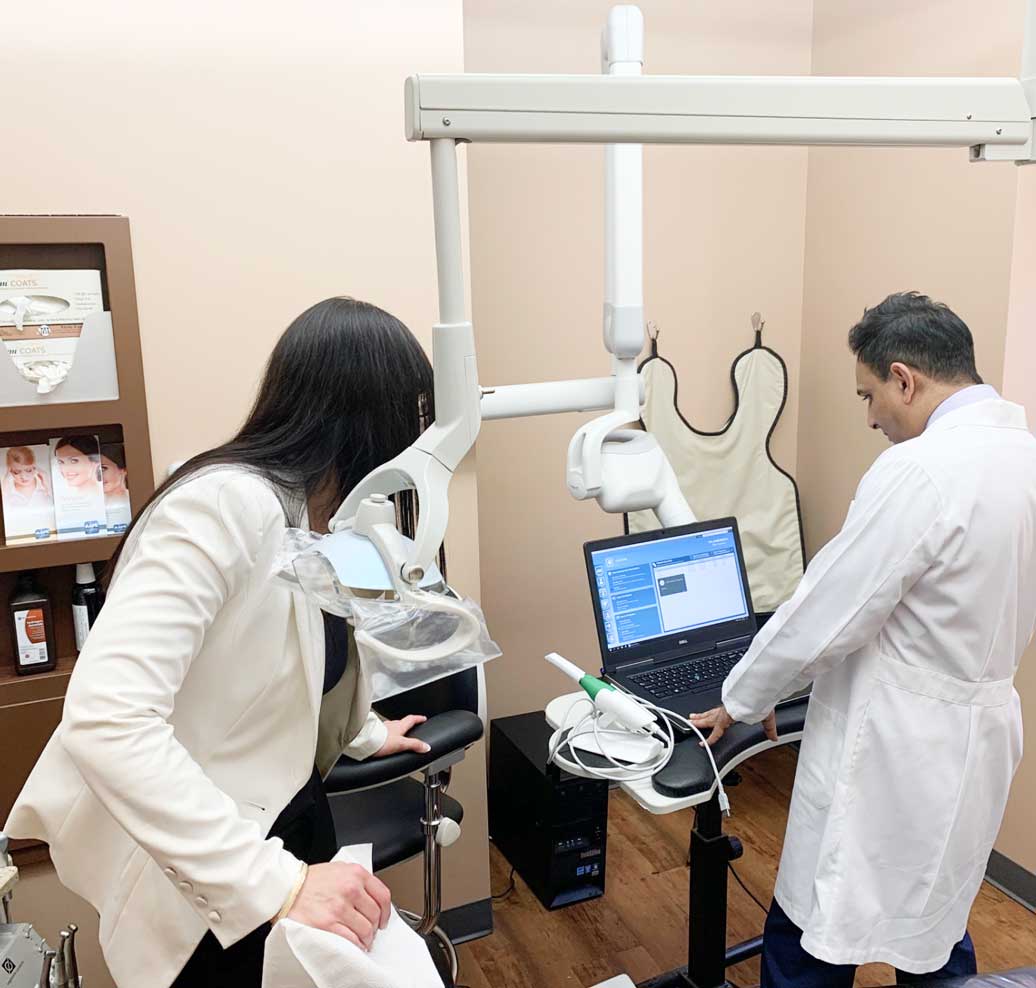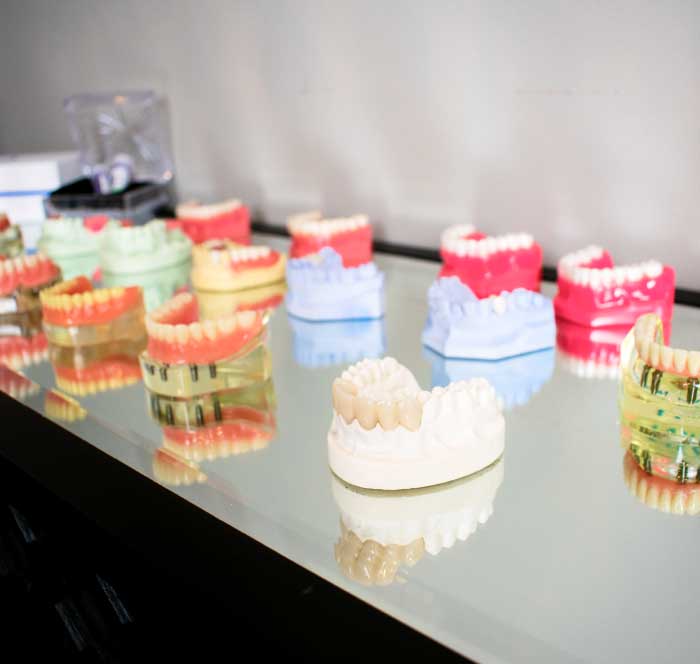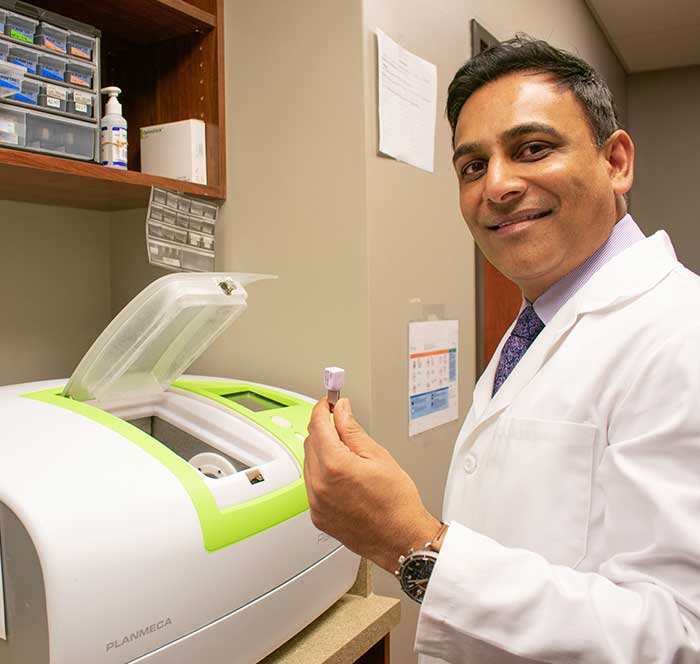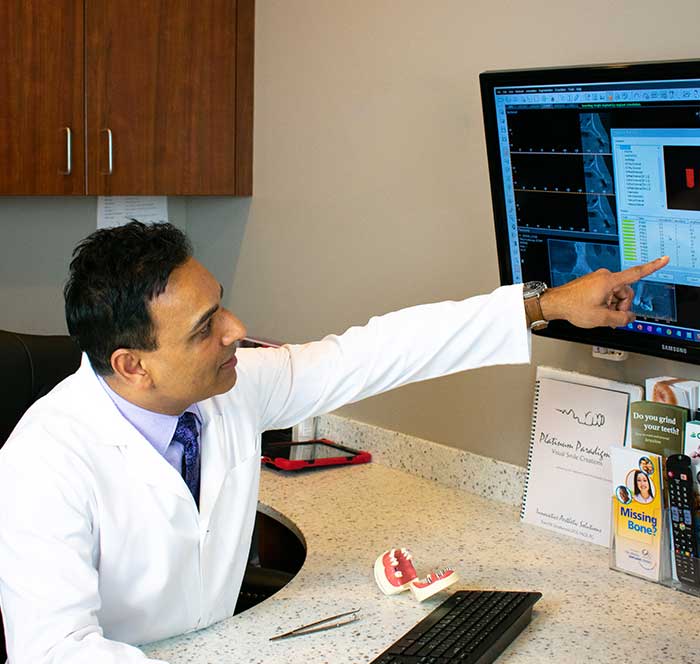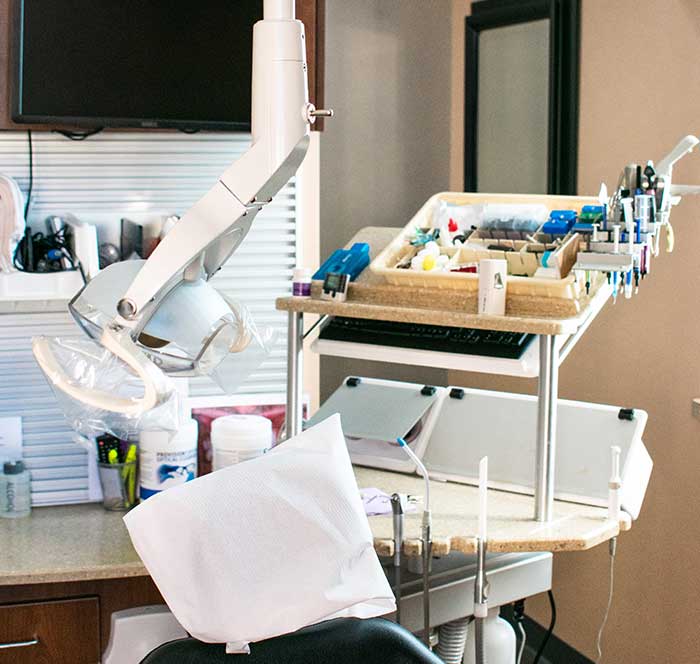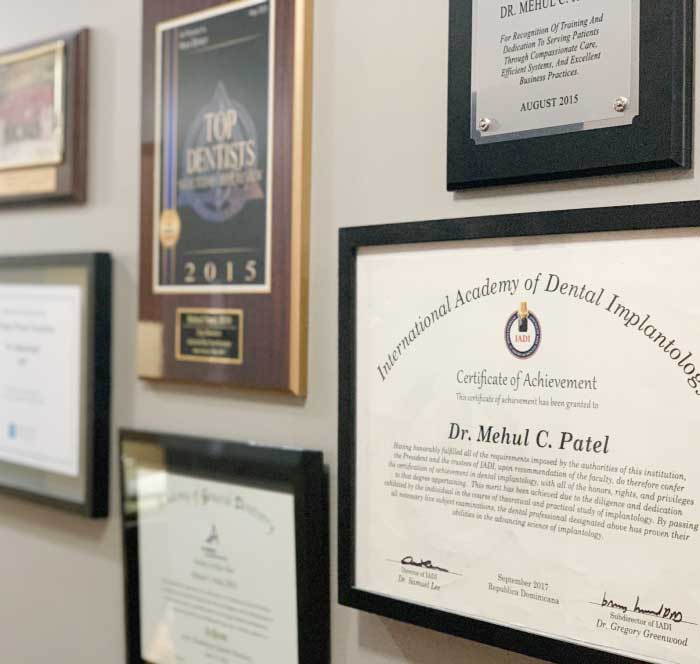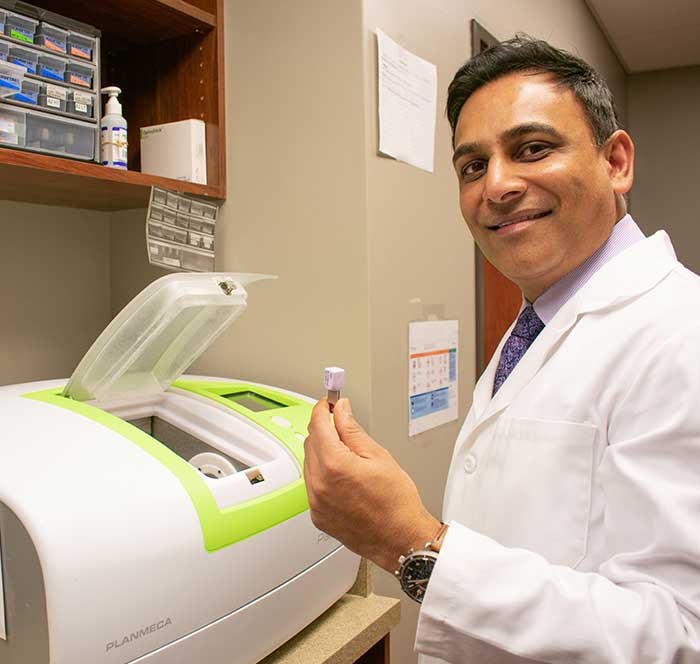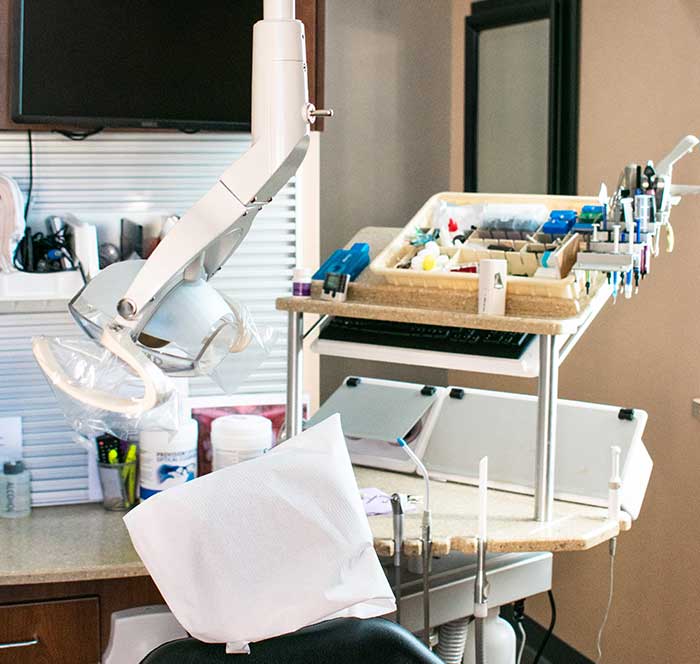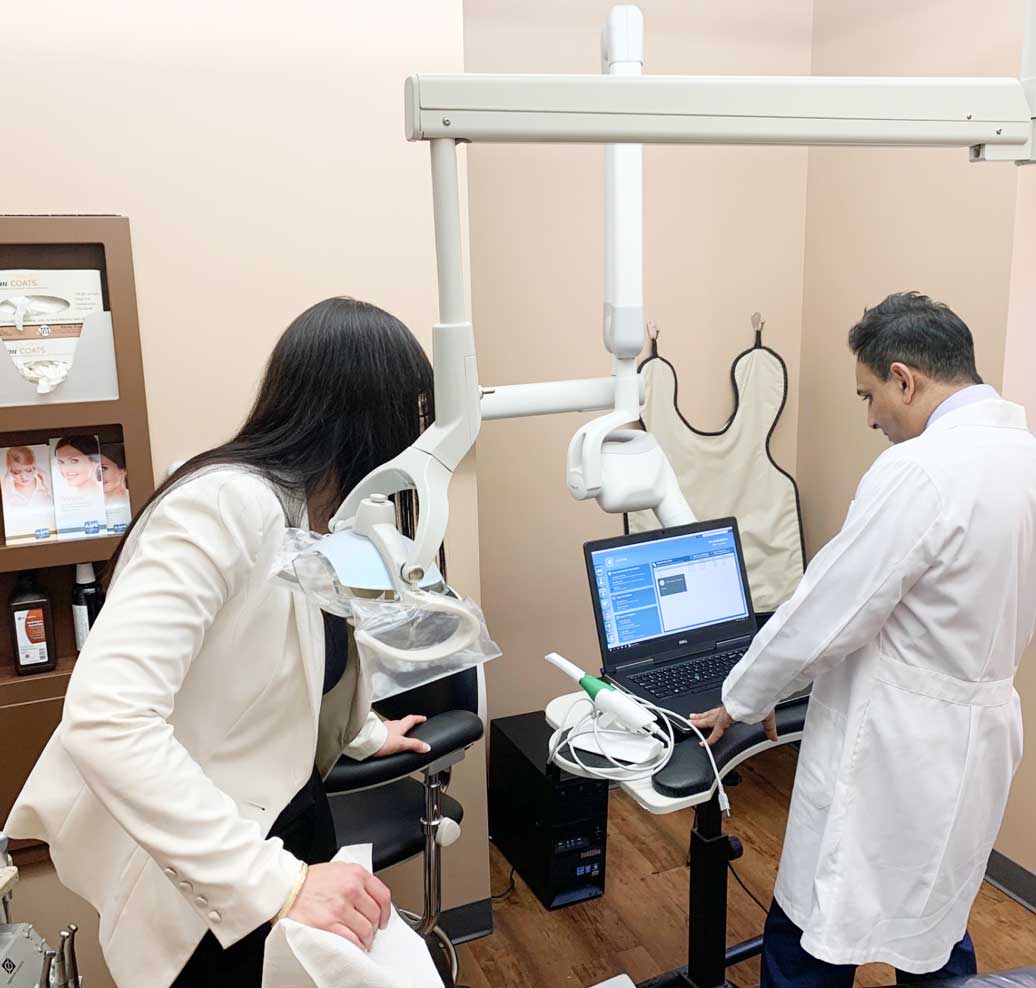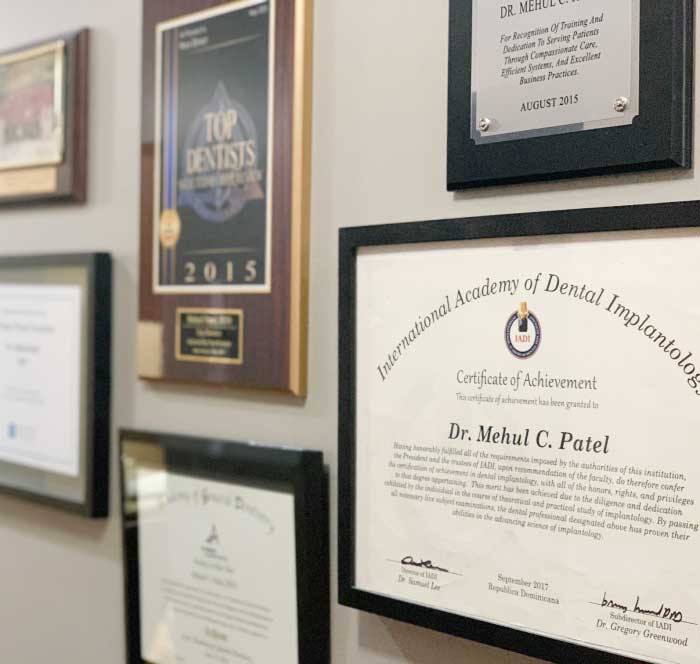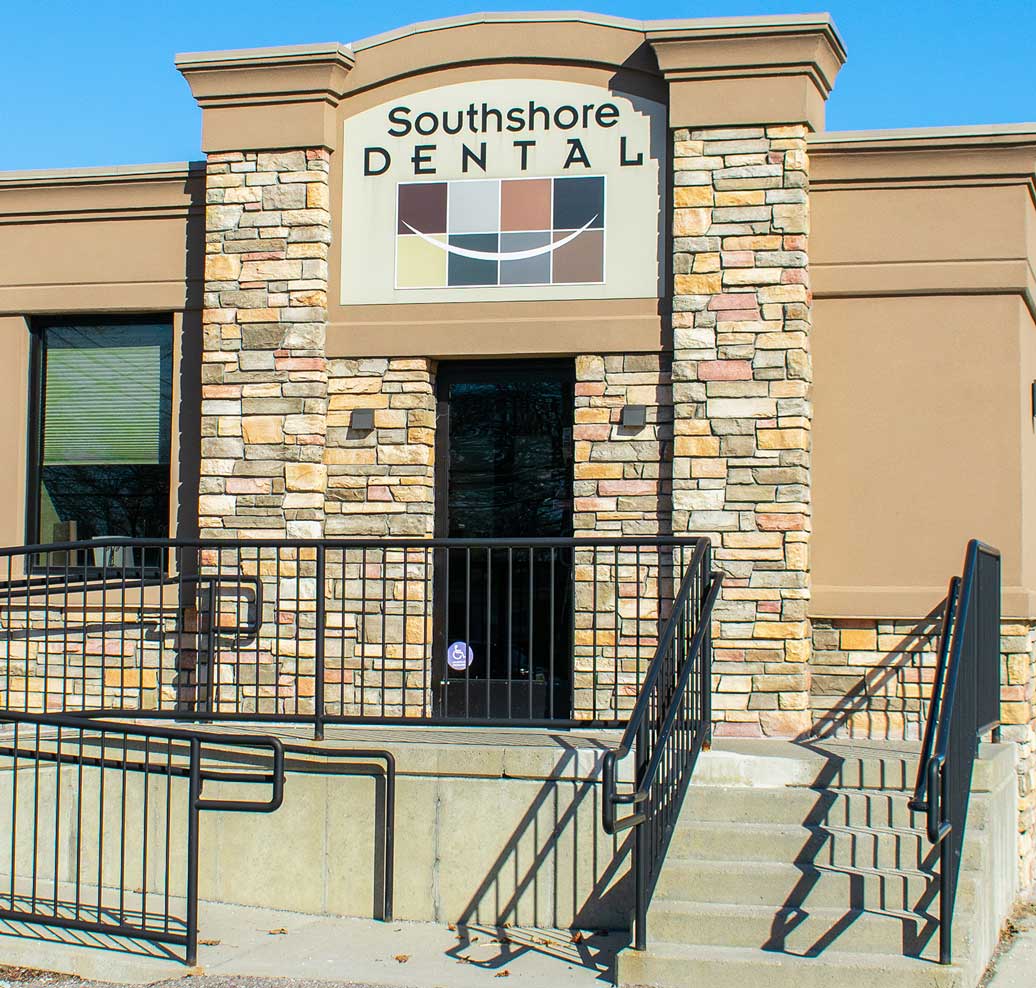Tooth fillings are a simple way to resolve your cavities and restore your tooth. The process removes the decayed material and then seals the tooth to prevent further damage.
But like all restorations, fillings eventually require replacement.
How do you know when to replace your tooth filling in Trenton? Read on to learn more.
Fillings Don’t Last Forever
Dental fillings are durable, but they’re not permanent. Most materials, including composite and amalgam, have a lifespan of 5 to 15 years. Over time, chewing, grinding, and temperature changes wear them down.
So eventually, you’ll need to get the filling removed and updated. Knowing what to watch for is key.
Signs Your Filling Might Be Failing
Watch for the signs below, as they suggest your filling may require replacement soon:
- Tooth sensitivity: If hot, cold, or sweet foods suddenly sting, your filling might be loose or cracked.
- Pain or pressure: A persistent ache or discomfort when biting may indicate the filling no longer seals properly.
- Visible damage: Cracks, chips, or discolored edges are obvious signs a replacement is due.
Why Replacing Matters
Once a filling gets old or loose, it no longer works the same way. Old or broken fillings can let bacteria in, which may lead to decay under the restoration. Worse yet, the damage could cause the need for a root canal or crown.
Routine Checks Catch Problems Early
Regular dental checkups help identify failing fillings before you notice symptoms. Your dentist can spot tiny fractures or leakage using specialized tools or X-rays. That’s why twice-yearly dental checkups are so important.
At Southshore Dental, we check the condition of your fillings at every visit. We provide complete dental filling services in Trenton, so we can help you update your filling when the time comes.
If you’re unsure whether yours are still doing their job, schedule a quick exam today.



















